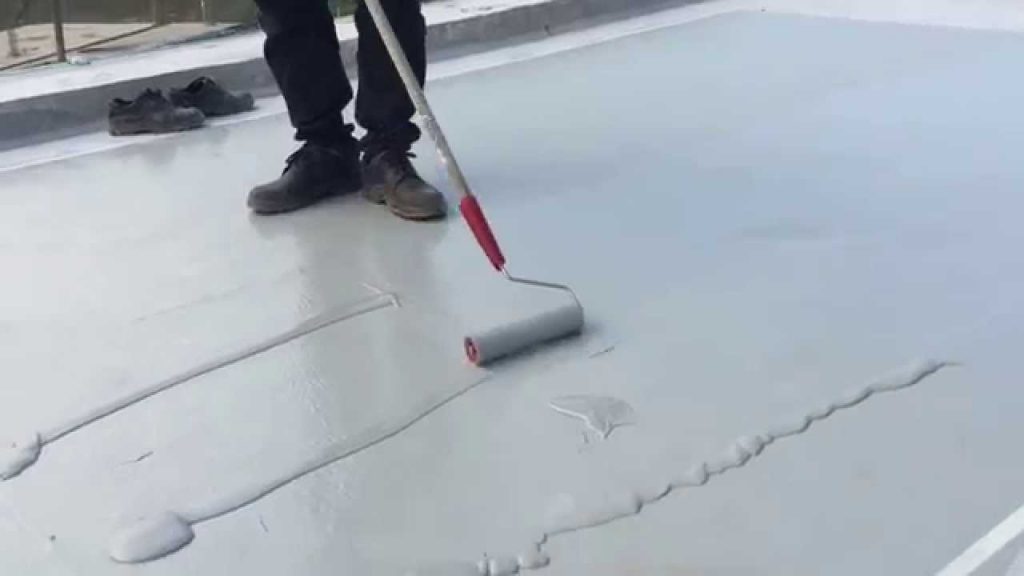Regarding maintaining the stability of your home or building, sealing is an important step that should always be ignored. Starting with protecting your building against water damage to hindering the growth of mold and fungus, effective waterproofing solutions can save you thousands in repairs and troubles down the road. In a world increasingly focused on eco-friendliness, finding sustainable waterproofing choices becomes even more essential. This piece explores a range of eco-conscious waterproofing methods that not only preserve your property but also reduce your environmental footprint.
The path towards proper waterproofing might appear overwhelming, but it doesn't have to be. Understanding the different techniques and options available can empower you to take informed judgments. Whether you are looking to waterproof your lower level to prevent flooding or exploring options for roofing waterproofing to protect your property, our guide will cover everything you need to know. https://canvas.instructure.com/eportfolios/3535765/entries/13029540 will discuss common fallacies, underscore the value of waterproofing in energy savings, and discuss how eco-friendly construction practices can integrate these solutions seamlessly into your construction project. Let’s dive into the field of sustainable waterproofing and uncover how you can effectively protect your home while nurturing the environment.
Comprehending the Importance of Moisture Protection

Moisture protection is a vital aspect of property maintenance that a lot of homeowners and property managers fail to consider. It plays an important role in safeguarding structures from moisture damage, which can lead to significant repairs and health issues caused by fungus and mildew. By making sure that your home or building is sufficiently waterproofed, you not only preserve its structure but also enhance its overall value.
A primary reason waterproofing is vital is that it stops serious humidity-related problems. This includes challenges such as leaks in the foundation, basement flooding, and water intrusion in interior walls. These problems can increase quickly, leading to extensive repairs that significantly impact your finances. Investing in waterproofing solutions can save you thousands in repairs in the future and provide peace of mind knowing that your building is safe from moisture damage.
In addition to safeguarding against water damage, efficient waterproofing can improve energy conservation in structures. Properly protected structures require reduced energy for heating efforts and cooling, as they reduce drafts and stop moisture from getting in and affecting indoor climate. By incorporating waterproofing measures in your building plan, you are not only safeguarding your asset but also helping to a more eco-friendly and efficient in energy use environment.
Key Waterproofing Methods and Solutions
In the context of shielding your home from moisture damage, different waterproofing techniques can be employed. One of the most efficient approaches is the application of waterproof coatings and membranes. These treatments are designed to create a block against moisture, making them ideal for areas like roofs, sides, and basements. For instance, liquid-applied membranes can be used on horizontal roofs to prevent leaks, while cementitious finishes are excellent for basement walls that often encounter hydrostatic pressure.
Another technique involves proper water drainage control. Installing drainage systems such as drainage trenches can significantly reduce water accumulation around your property. By redirecting rainwater away from the structure, you can prevent it from seeping into your home. Additionally, making sure that gutters and downspouts are operating correctly can also minimize moisture ingress, protecting both the interior and outer part of your building from potential wetness and mildew formation.
For those looking for DIY approaches, using waterproof sealants and coatings is a widely adopted choice. These products can be readily applied to surfaces in need of protection, such as bathrooms and kitchens, where moisture is frequent. However, it’s essential to choose the right products based on the specific needs of each area, as some sealants may be more efficient against mildew, while others focus on preventing drips. Ultimately, selecting the appropriate waterproofing approach can save you considerable money in repairs and increase the lifespan of your home or building.
Selecting the Proper Waterproofing Strategy for Your Residence
As you choosing a waterproofing solution for your home, it is important to evaluate the particular requirements and weaknesses of your home. Evaluate factors such as the environment, the type of ground, and the current architectural elements. For illustration, homes in areas with intense rainfall may call for greater robust solutions compared to those in drier regions. Additionally, identifying the cause of potential water infiltration is necessary, as it can guide you in choosing between inside and outdoor waterproofing choices.
Do-It-Yourself methods can be an economical choice for homeowners experienced with building projects. However, for difficult issues or large areas, investing in professional waterproofing services may be less beneficial. Professionals can deliver specialized knowledge, ensuring the selected methods are appropriate for your property’s unique conditions. Be sure to consider the benefits and disadvantages of Do-It-Yourself versus expert methods and consider consulting experienced contractors.
In the end, the resources and methods you choose should match with your long-term aims for the residence. Seek out eco-friendly waterproofing options that not just shield your house but also support sustainability. Assessing waterproofing products, their efficacy, and likely impact on the surroundings can help you make an informed decision that protects the integrity of your property while being mindful of ecological factors.
